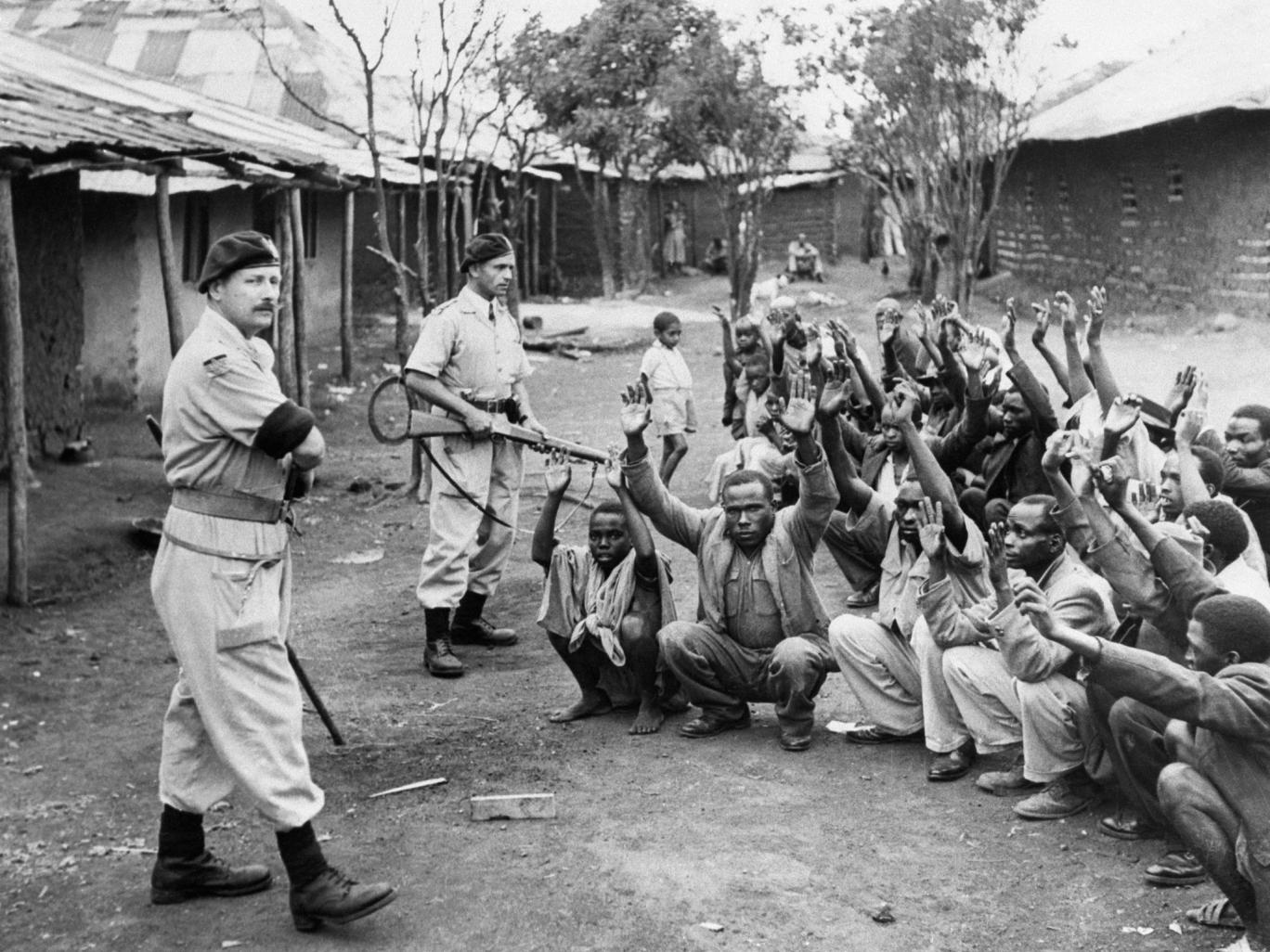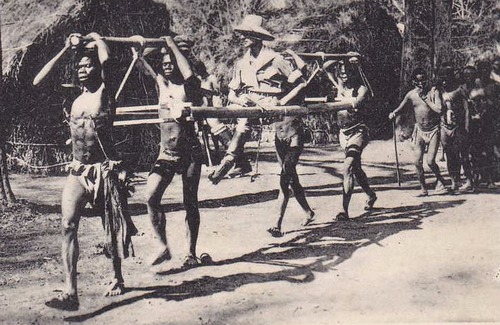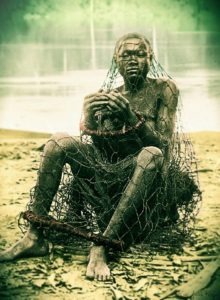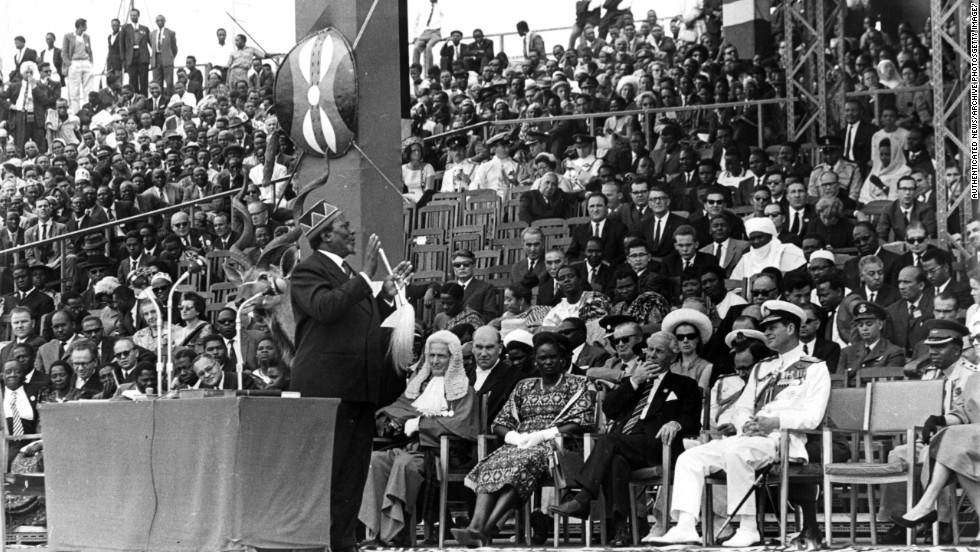Colonization
1895-1963
Colonization




1895-1963
The Colonization of Kenya by the British
In 1895 the British government took over and claimed the interior as far west as Lake Naivasha; it set up the East Africa Protectorate. The border was extended to Uganda in 1902, and in 1920 the enlarged protectorate, except for the original coastal strip, which remained a protectorate, became a crown colony. With the beginning of colonial rule in 1895, the Rift Valley and the surrounding Highlands became reserved for whites. In the 1920s Indians objected to the reservation of the Highlands for Europeans, especially British war veterans. The whites engaged in large-scale coffee farming dependent on mostly Kikuyu labour.
The MauMau Uprising
A key watershed came from 1952 to 1956, during the Mau Mau Uprising, an armed local movement directed principally against the colonial government and the European settlers. It was the largest and most successful such movement in British Africa. This movement was quickly suppressed but it gained momentum and led to changes in government as a response.
At a conference held in 1960 in London, agreement was reached between the African members and the British settlers of the New Kenya Group, led by Michael Blundell. However many whites rejected the New Kenya Group and condemned the London agreement, because it moved away from racial quotas and toward independence. Following the agreement a new African party, the Kenya African National Union (KANU), with the slogan “Uhuru,” or “Freedom,” was formed under the leadership of Kikuyu leader James S. Gichuru and labour leader Tom Mboya. Mboya was a major figure from 1951 until his death in 1969. He was praised as nonethnic or antitribal, and attacked as an instrument of Western capitalism. Mboya as General Secretary of the Kenya Federation of Labour and a leader in the Kenya African National Union before and after independence skilfully managed the tribal factor in Kenyan economic and political life to succeed as a Luo in a predominantly Kikuyu movement. A split in KANU produced the breakaway rival party, the Kenya African Democratic Union (KADU), led by R. Ngala and M. Muliro. In the elections of February 1961, KANU won 19 of the 33 African seats while KADU won 11 (twenty seats were reserved by quota for Europeans, Asians and Arabs). Kenyatta was finally released in August and became president of KANU in October.
In 1959, nationalist leader Tom Mboya began a programme, funded by Americans, of sending talented youth to the United States for higher education. There was no university in Kenya at the time, but colonial officials opposed the programme anyway. The next year Senator John F. Kennedy helped fund the programme, which trained some 70% of the top leaders of the new nation, including the first African woman to win the Nobel Peace Prize, environmentalist Wangari Maathai
Independence Day
Read the Latest Kenyan News.
Shaping the Political Front
News
